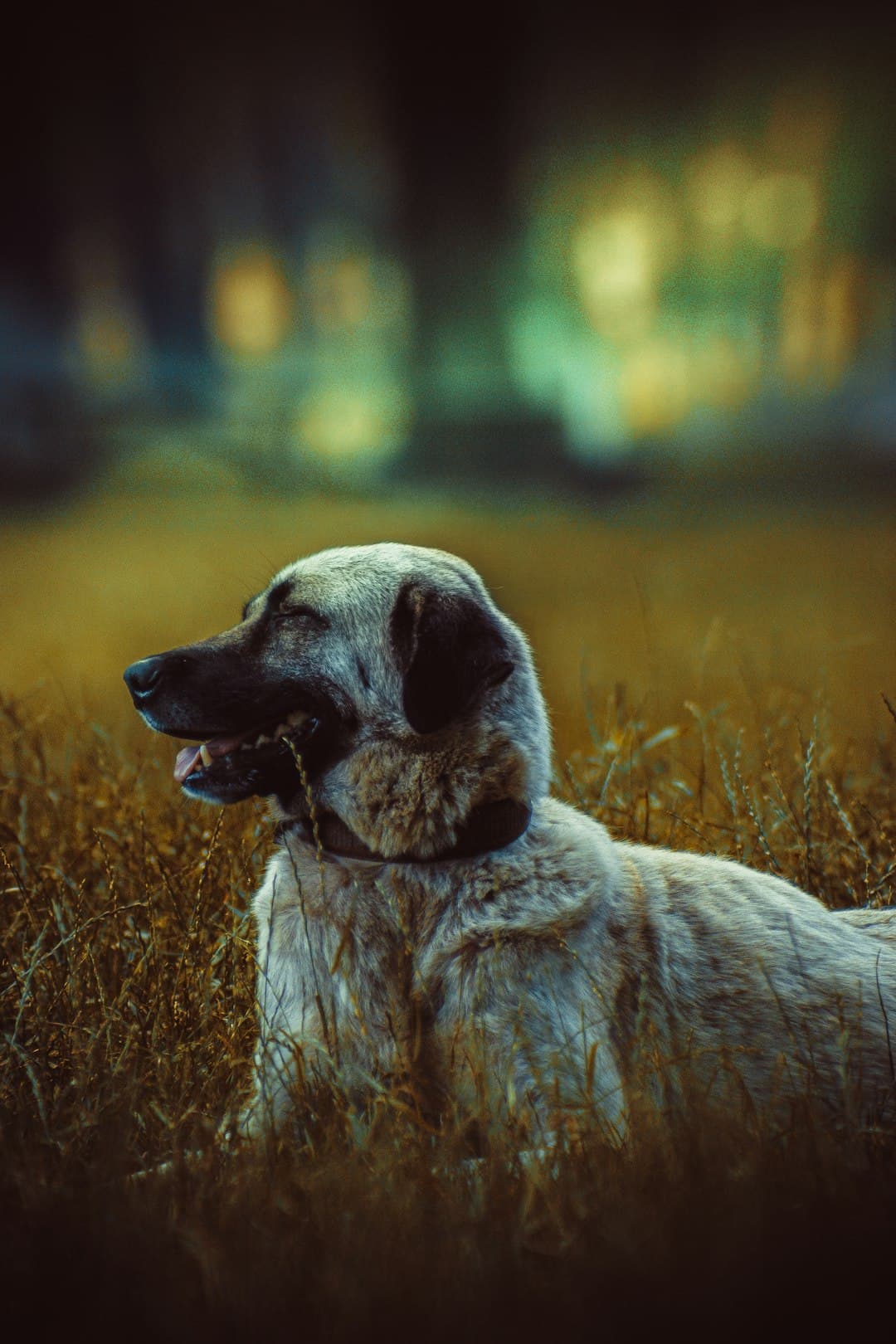Police Dog Roles & Specialties
Police dogs serve in various specialized roles, from patrol and protection to detection and search and rescue operations.
Patrol & Protection
Patrol dogs work alongside officers to apprehend suspects, control crowds, and provide protection. German Shepherds and Belgian Malinois excel in this role with their strength, courage, and trainability. They can pursue and hold suspects until officers arrive.
Detection & Narcotics
Detection dogs use their incredible sense of smell to locate drugs, explosives, firearms, and other contraband. Breeds like Labrador Retrievers, Beagles, and Springer Spaniels are commonly used for their superior scenting abilities and non-threatening appearance.
Search & Rescue
Search and rescue dogs locate missing persons, disaster victims, and evidence. Bloodhounds are famous for tracking with their exceptional scent-tracking abilities. German Shepherds and Labrador Retrievers also excel in search and rescue operations.
Most Popular Police Dog Breeds
These breeds are the backbone of K9 units worldwide, chosen for their intelligence, trainability, and working drive.

Golden Retriever

Labrador Retriever

German Shepherd

Beagle

Rottweiler

Doberman Pinscher

Boxer

Bloodhound

Australian Shepherd
Police Dog Breed Spotlight
German Shepherd: The Classic K9
German Shepherds are the most iconic police dogs, used by law enforcement agencies worldwide for over a century. Their intelligence, trainability, loyalty, and versatility make them perfect for police work. German Shepherds excel in patrol work, detection, search and rescue, and protection. They're large enough to be intimidating and physically capable of apprehending suspects, yet controlled and obedient. Their strong work ethic and bond with handlers make them outstanding K9 partners.
Belgian Malinois: The Elite Operator
Belgian Malinois have become increasingly popular in police and military work, often preferred over German Shepherds by elite units. They're lighter, more agile, and have incredible drive and energy. Malinois are intensely focused working dogs with exceptional detection abilities. They're used by Navy SEALs, Secret Service, and police departments for high-level operations. Their smaller size allows them to enter tight spaces, and their athletic ability is unmatched. However, they require experienced handlers due to their high energy and drive.
Bloodhound: The Super Tracker
Bloodhounds are unrivaled in tracking and search work. With about 300 million scent receptors (compared to 5 million in humans), they can follow trails that are days or even weeks old. Their tracking evidence is admissible in court due to their incredible accuracy. Bloodhounds are used to locate missing persons, fugitives, and lost children. Despite their serious working ability, they're gentle, affectionate dogs. Their distinctive appearance and dedication to tracking make them invaluable to law enforcement.
Labrador Retriever: The Detection Expert
Labrador Retrievers are the most popular breed for detection work, particularly for narcotics, explosives, and firearms. Their excellent sense of smell, combined with their friendly, non-threatening appearance, makes them ideal for detection in public spaces like airports and schools. Labs are highly food-motivated, making them easy to train for detection work. They're less intimidating than patrol dogs, which is advantageous in many situations. Their gentle nature and reliability make them perfect for specialized detection roles.
More Police Dog Breeds
Additional breeds used in specialized K9 roles across law enforcement agencies.

German Shorthaired Pointer

Belgian Malinois

Dutch Shepherd

Airedale Terrier

Giant Schnauzer

Anatolian Shepherd

English Springer Spaniel

Bergamasco Shepherd

Bouvier des Flandres

Caucasian Shepherd Dog

Malinois

Belgian Tervuren

Caucasian Shepherd (Ovcharka)

English Shepherd

Miniature American Shepherd

Shiloh Shepherd

White Shepherd
Police Dog Training & Requirements
Selection & Early Training
Police dogs are carefully selected for specific traits: high drive, confidence, trainability, and appropriate temperament. Most K9s begin training between 1-2 years old. They must pass health screenings and temperament tests. Basic obedience training is followed by specialized training in their specific role (patrol, detection, etc.). Training typically takes 4-6 months before a dog is ready for duty.
Handler-Dog Bond
The relationship between handler and K9 is crucial for success. Police dogs typically live with their handlers, creating a strong bond. Handlers train continuously with their dogs to maintain skills and strengthen the partnership. This bond ensures the dog responds reliably in high-pressure situations. Most handlers consider their K9 partners as family members, not just working dogs.
Ongoing Training & Certification
K9 units train regularly to maintain and improve skills. Dogs must pass annual certification tests to remain in service. Training includes obedience, agility, scenario work, and role-specific skills. Handlers attend specialized K9 handler courses. The commitment to ongoing training ensures police dogs remain effective throughout their careers.
Retirement & Adoption
Police dogs typically retire between ages 8-10, depending on their health and working ability. Most are adopted by their handlers, who have formed deep bonds with them. Some departments have formal adoption programs for retired K9s. Retired police dogs deserve comfortable, loving homes after their years of service protecting communities.